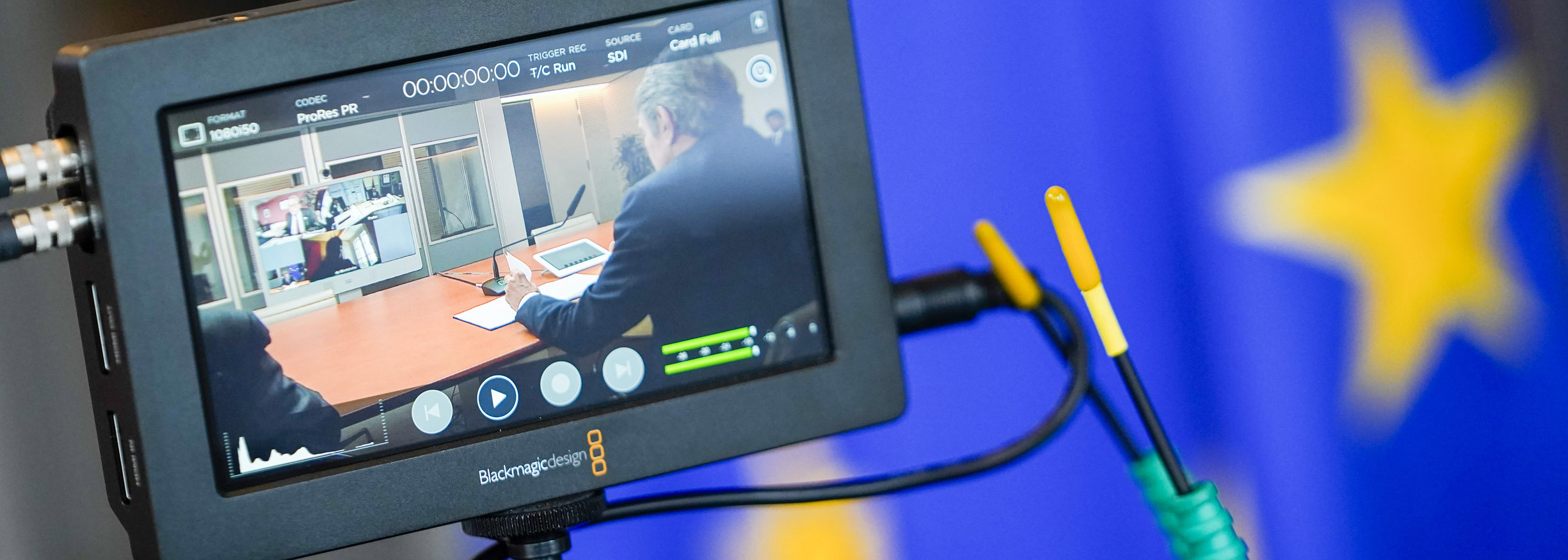Taking stock: three lessons from the Women, Peace and Security Agenda for the Climate Security Agenda
30/10/2020
By Claire Dowling and Julie Raasteen, Peace Practice and Innovation Unit at the European Institute of Peace
Climate Security—or the realisation that climate change will have profound consequences for international peace and security—has gained traction over the past 15 years. But the international community is struggling to create policies and actually address climate security in terms of operations on the ground. Another thematic agenda has passed through a similar learning trajectory and is celebrating its 20th anniversary this year: the Women, Peace and Security Agenda. Three hard-won lessons emerge from the WPS Agenda that could benefit climate security. These are the need to move from words to action; to avoid the paralysis caused by unnecessary institutional and thematic silos; and the need to resist ‘template’ approaches by instead taking particular contexts seriously.
Lesson 1: The Rhetoric Gap
In the United Nations Security Council (UNSC), there has been a push for an omnibus Climate Security resolution. The WPS Agenda shows us that despite 20 years of rhetoric at the highest levels, ten related UNSC resolutions, 86 National Action Plans and multiple networks and toolkits, there is still a problem with implementation. In 2019, references to women’s meaningful participation occur in only 1% of all discussions of country-specific peace processes within the Security Council. On the ground, approximately 2 per cent of global peacebuilding support funding is earmarked for gender equality and women’s participation. This indicates that a thematic resolution does not: 1) guarantee mainstreaming of gender equality in all policy and activities and 2) does not translate into meaningful action on the ground.
At the UNSC, whether there is an omnibus climate resolution, references and expertise relating to climate security should be mainstreamed in sanctions regimes, mandate renewals and resolutions. The recent calls for a Climate Envoy could support such endeavours and enhance briefing and awareness of Climate Security. However, it is essential that this person would have a clear role and be able to leverage widespread political support so they do not fall into the trap of creating rhetoric without implementation.
Currently, there is a pushback from China, Russia, and US to water down certain UN commitments on WPS through the Security Council. Both agendas need to be creative in their approach to getting language through in the places that matter, particularly in operationalising paragraphs.
The needs and ambitions of those most affected by climate change in conflict must inform Security Council commitments to translate into meaningful action on the ground. This means addressing the needs of, for example, the farmer unable to grow crops on her land in Somalia, the woman who has to fetch water 10 km from her home in Yemen, and the environmental rights defender in Colombia. Policy makers and practitioners should ensure that interventions are designed with and give voice to those most affected by conflict and with local knowledge. It is the responsibility of donors to provide the long-term resources to enable these initiatives.
Lesson 2: Exchanges not Silos
The Climate Security Agenda and those working on it are at risk of becoming siloed. Lessons can be learned from the WPS Agenda which continues to face siloisation because gender experts are predominantly women talking to each other about gender equality. Attempts have been made to broaden WPS by creating intersections with other agendas such as the youth, peace and security agenda and recognising the role of men and boys in achieving its goals. However, those working on WPS within the peacebuilding community and the field of security are often disconnected from other areas and may not share a common understanding of concepts and solutions. Equally, more needs to be done by men and non-gender focused actors to take responsibility for the agenda.
The Climate Security Agenda could address these deficits by working early on to connect with other agendas and to bridge different communities of practice (climate, conflict, security and peace experts). For example, the international community, including the European Union, has acknowledged the importance of bringing together the Climate Security and WPS agendas. This recognises that climate change affects women and girls differently due to pre-existing inequalities, such as land ownership rights and being at a greater risk of displacement due to land degradation. This integration applies to other spheres too, such as climate mitigation and adaptation, humanitarian response, environmental protection, and political negotiations to end violent conflicts. Already existing frameworks can be drawn on to enhance this such as the Sustainable Development Goals.
Lesson 3: Avoiding the “add climate and stir” approach
The WPS Agenda has made progress in moving the focus from women’s numeric inclusion to using gender as a lens to analyse conflict. This has led to more relevant context-specific analysis and interventions which take into account the multiple and complex experiences of women as well as the discrimination women and gender minorities continue to face.
For climate security the key question is what does recognising complexity and context specificity mean in practice? In 2020, a step was made with the instalment of the first Climate Security Advisor in the UN’s mission to Somalia (UNSOM). Before we replicate this in other missions, we should ensure that a Climate S ecurity Advisors do not become another box-ticking exercise and replicate the “add women and stir” approach. This can be mitigated if there is adequate support, training, resources, and access to mission staff to leverage their climate and environmental expertise for the core mandates of peacekeeping operations. This can be more effectively achieved if wider environmental concerns are integrated in conflict analysis from the beginning. Such analysis should take into consideration gender and political economy.
Ultimately, climate and environmental issues to peace and security require genuine and concerted action that addresses root causes of insecurity and conflict and is meaningful for the people directly affected by it. Those working on climate security may take a lesson of endurance and creativity from civil society, peacebuilders, policy makers and practitioners at all levels who have been championing the WPS agenda. Let this not take 20 years.

